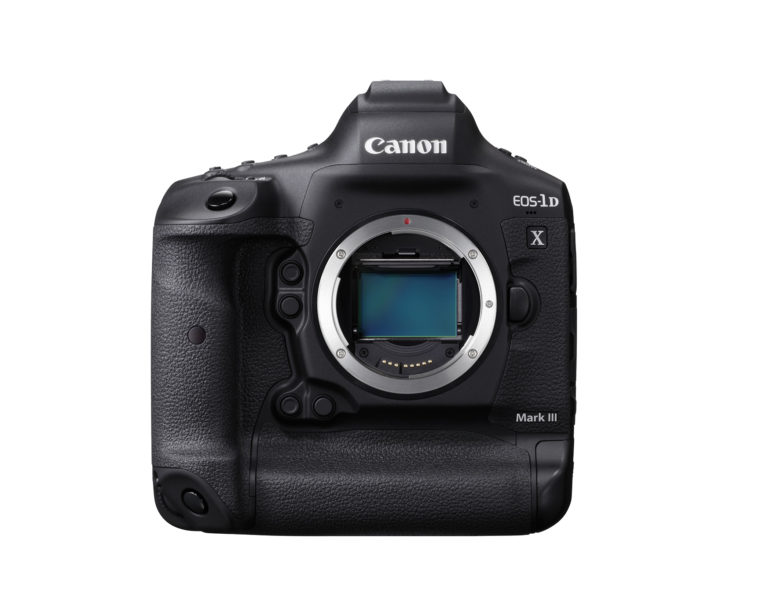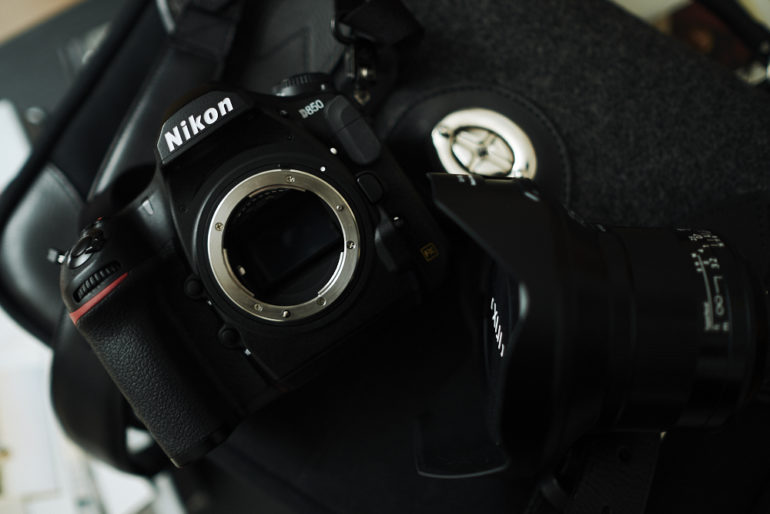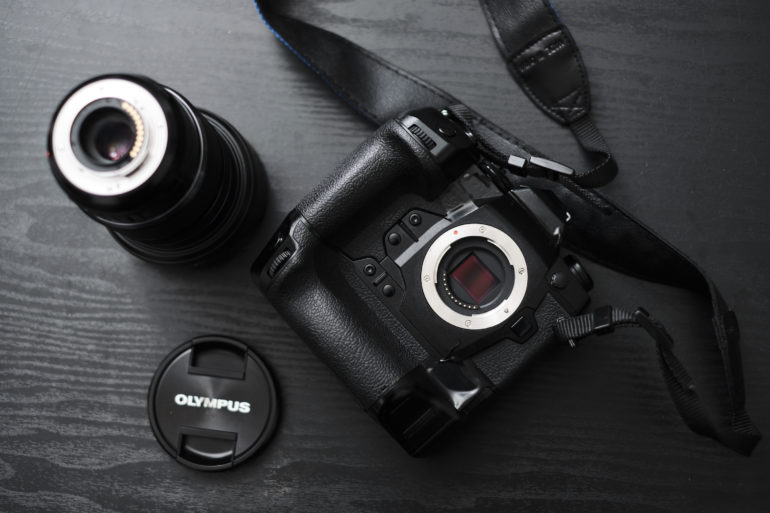DSLRs get a lot of stick from ‘those in the know,’ but there’s still a place for them in the Mirrorless world we now find ourselves in.
Over the last few years, Mirrorless cameras have really come into their own. Photographers have flocked to Mirrorless platforms thanks to advanced autofocus systems, electronic viewfinders, incredible burst rates, and many more features, but for some photographers, DSLRs are still viable options. David Taylor-Huges is one such photographer who has gone back to using DSLRs as well as his Mirrorless cameras, and he gives some solid points as to why aging technology is still relevant in 2020. Read all about it after the break.
The war between photographers in regards to DSLRs and Mirrorless cameras is still raging. Sony, Nikon, and Canon have all fully embraced Mirrorless technology, and it appears that they will be leaving the old DSLR technology behind for good shortly, but that might be a mistake. There is still room for DSLRs in this world, too, as many photographers still prefer to use the DSLRs that ushered us into the digital age of photography.

I personally am still a firm believer in DSLRs, and while I have transitioned to Mirrorless cameras, I still prefer DSLRs. Yes, Mirrorless technology makes our lives easier thanks to features like eye and animal AF, incredible tracking technologies, insane video features, and much-improved experiences with electronic viewfinders. Still, there is just something great about using DSLRs, and David Taylor-Hughes feels the same way too. In David’s latest blog post, he talks about why he is using a DSLR again (a Nikon D850), alongside his Mirrorless cameras (a Leica M10 and an Olympus E-M1X), and his trusty 35mm Nikon F6.
David quite rightly states that DSLRs are “Wonderful picture creating machines that are primarily for stills photographers.” It seems like many photographers I speak to appear to have forgotten that the camera is not what makes the picture; it is the photographer who is using it. It doesn’t matter if it’s DSLR or Mirrorless; both platforms can help create fantastic images. Another reason David gives (and one that I absolutely agree with) is that sometimes you simply cannot beat using a beautiful optical viewfinder. As David puts it, “looking at the world through a non-electric system still has something unique to offer.”

David also points out that DSLRs have been “refined and improved to such an extent that they are the cameras of choice for the majority of professional photographers.” This statement is very true, and both Canon and Nikon know this. It’s the reason why the Canon 1DX III and the Nikon D6, and D780 will be hitting store shelves very soon. David continues by saying that “top-class DSLRs are robust, reliable, fast and easy to use, and have battery life unheard of in Mirrorless cameras.” Again all solid points that I totally agree with. With a DSLR, you just know that it’s going to work every single time you pick it up to use it. In the professional world, having a camera that gives you confidence like that is invaluable.

At the end of the day, the camera you choose to use all comes down to personal choice. While many seem to be wishing that DSLRs would just die a quick and sudden death, that just will not happen. Prices of DSLRs are falling, and there are also much larger libraries of lenses for DSLRs over Mirrorless systems too. At the end of the day, both types of cameras will enable you to capture stunning images simply because the most important part of any camera is the person standing behind it. Head on over to Sound Image Plus, the blog of David Taylor-Hughes so that you can read all of his views on DSLRs in 2020; it’s well worth the read.
Editor’s Note: Despite the fact that DSLRs are still great cameras, we’ve got a pretty hard stance on not reviewing them anymore.


